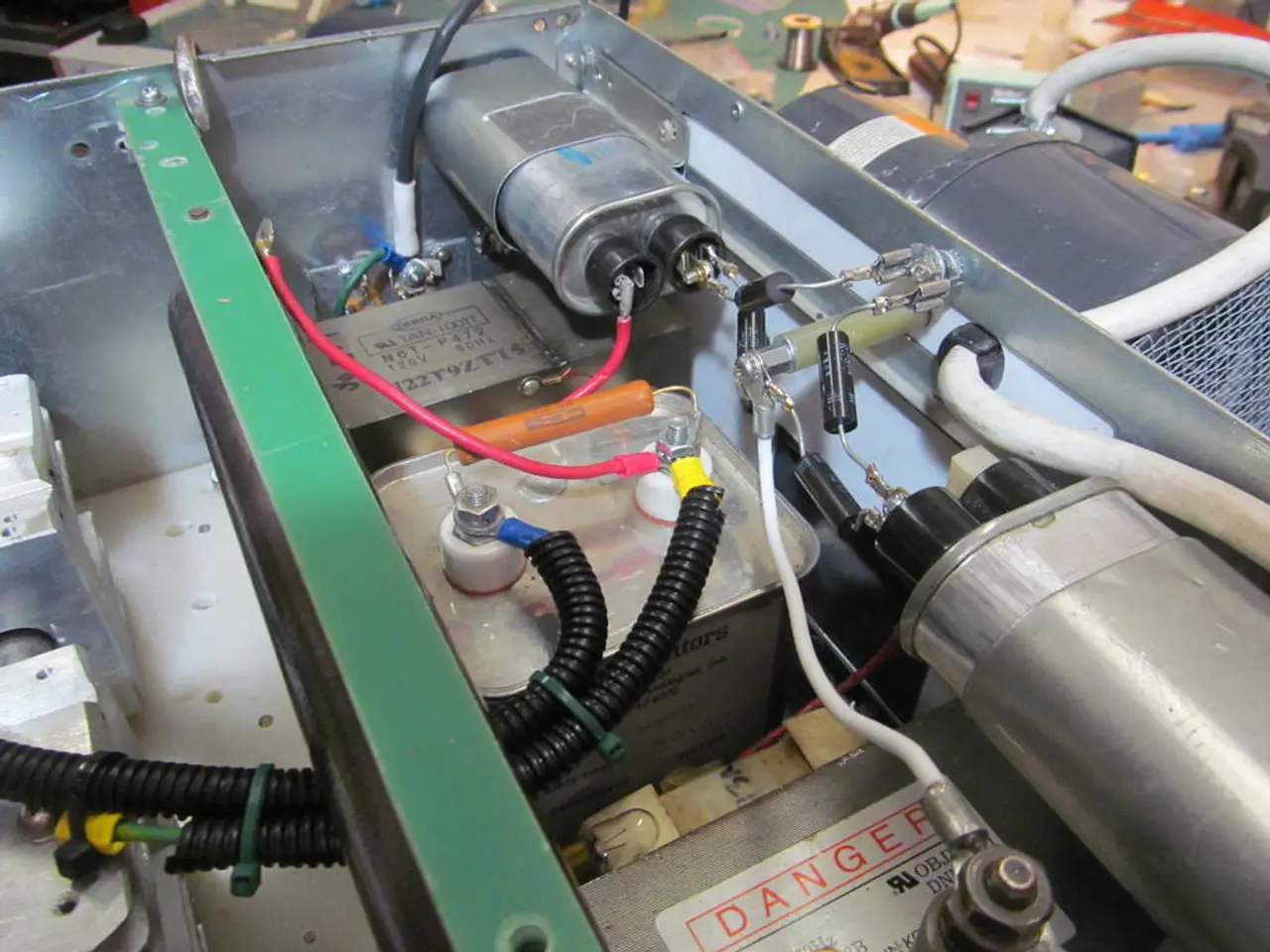Driving transformation, expansion, and upheaval via the Internet of Things (IoT)
The Internet of Things (IoT) is revolutionizing the way businesses operate, offering unprecedented connectivity, real-time data generation, and improved operational efficiency. With an estimated 26 billion to 50 billion IoT devices expected by 2020 (6), it's clear that IoT has the potential to transform numerous sectors.
- Greater Connectivity and Real-Time Data
IoT connects devices, systems, and people across organizations, facilitating seamless communication and collaboration. This enables remote monitoring, agile responses to operational changes, and rich data collection from diverse sources such as production, supply chain, and customer interactions (1; 2). Leveraging this data supports enhanced data-driven decision-making by providing actionable insights previously unavailable.
- Improved Operational Efficiency and Cost Savings
IoT devices enable automation of routine tasks, predictive maintenance, and optimized resource utilization. Predictive analytics minimize downtime and equipment failures, thus reducing maintenance and operational costs (1; 2; 3). For example, smart building systems can optimize HVAC energy use to cut expenses (3).
- Enhanced Customer Experience and New Business Models
IoT enables personalization by gathering data on customer behaviours and preferences, thereby improving satisfaction and loyalty through tailored recommendations and services. Additionally, IoT opens avenues for novel revenue streams like subscription services and monetizing analytics data (1; 5).
- Supply Chain and Logistics Optimization
Embedded sensors provide real-time tracking of goods, condition monitoring (temperature, humidity), and improved logistics management, enhancing transparency and reliability in supply chains (2).
- Enhanced Safety and Security
IoT enhances workplace safety through environmental sensors and employee monitoring in hazardous conditions. It also strengthens physical and cybersecurity via advanced AI-driven threat detection tools (1; 3).
In the utility sector, bi-directional communication between consumers and producers will change power consumption, enabling the reliable management of a distributed grid. In the new industrial IoT model, mobile workers will be able to interface with automation using mobile devices.
To effectively capitalize on IoT, organizations must develop a clear strategy, invest in scalable and secure infrastructure, leverage data analytics, promote cross-functional collaboration, and explore new business models. In the rapidly evolving IoT landscape, those who embrace this technology will reap significant operational efficiencies and competitive advantages.
References:
- https://appinventiv.com/blog/iot-transforming-industries/
- https://www.techbusinessnews.com.au/blog/iot-internet-of-things-everything-you-need-to-know-in-2023/
- https://www.techtarget.com/iotagenda/tip/Top-advantages-and-disadvantages-of-IoT-in-business/
- https://www.statista.com/topics/1178/internet-of-things/
- https://www.youtube.com/watch?v=dYxXJS-6p0Y
- The increased connectivity enabled by the Internet of Things can lead to real-time data collection from various sources like production, supply chain, and customer interactions, providing valuable insights that support data-driven decision making.
- IoT technologies empower businesses by streamlining operations through automation, predictive maintenance, and optimized resource utilization, potentially resulting in cost savings and enhanced operational efficiency.




